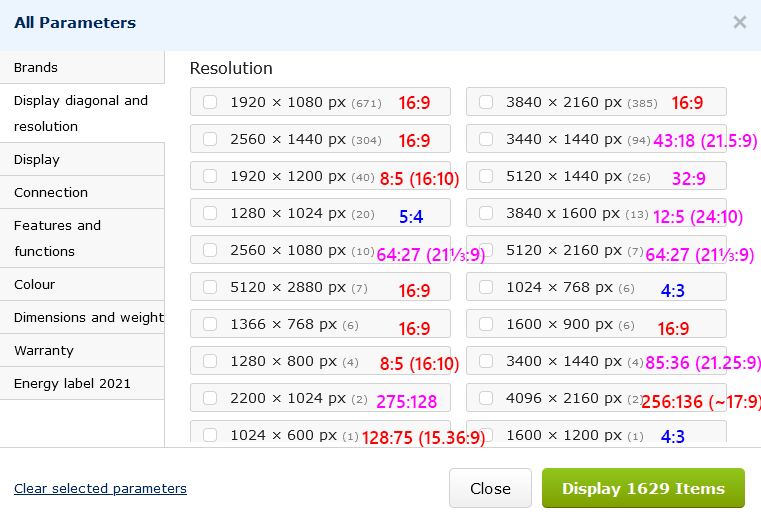

The biggest Czech website (Seznam.cz) recently changed their policy and now force you to choose between: free tier with personalised ads or paid tier with anonymous ads. Yes, you’re reading it right, even if you pay, it doesn’t get rid of ads, they just stop tracking you. I have no idea whether it’s legal but the EU should definitely take a look.
Edit: Ok, I think they only offer you this choice when you’re using an account. I tried it in a private tab and it seems I can decline personalized ads there. Does that make it legal? If yes, then they’re some sneaky bastards.





But I mean, it’s the same thing as this FB/IG case, no? Only worse because even if you pay, you still have ads.